By Stephen Beaumont
It was a cold and snowy February morning when I received an unexpected phone call from Bill Owens, founder of the American Distilling Institute.
After we exchanged pleasantries and caught up a bit – I’ve known Owens since his brewing days three decades ago in Hayward, Calif. – the topic turned to distilling in Niagara in general and Niagara College in particular.
“I think it’s just an outstanding college, one of the best,” professed Owens, “The way they have everything right there: winemaking, brewing, distilling, culinary. I think it’s pretty amazing.”

High praise indeed from someone who, where craft distilling is concerned, has pretty much seen it all.
And no doubt music to the ears of both Andrea Fujarczuk (above), program director and the only full-time Professor of Artisan Distilling at the College, and David Dixon, who came over from Dillon’s Small Batch Distillers to help set up the program in 2018 and still handles all the in-distillery training, not to mention Associate Dean Gary Torraville, who was involved as far back as the initial stages of the course’s development.
“While the program was conceived about a decade ago, we didn’t start developing it in earnest until 2014,” explains Torraville. “Initially, we were concerned about how Geoff Dillon (of Dillon’s Distillers – ed.) would feel about having the school on his doorstep, effectively training his future competitors, but he was an early supporter and helped us a lot. Obviously, having David come over to help was also key.”

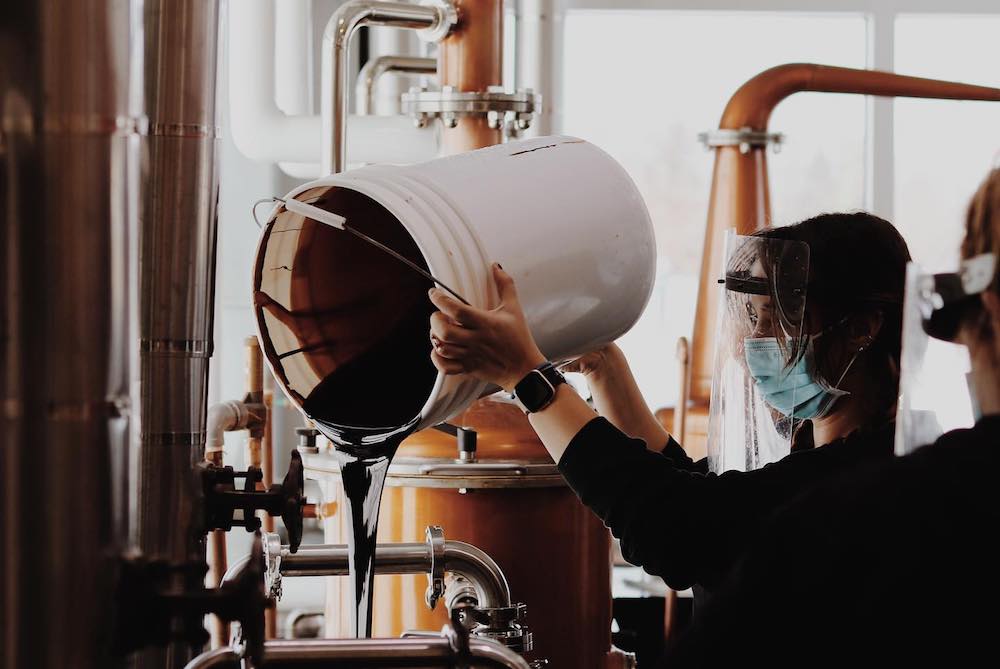
The first intake occurred in the fall of 2018 and the program has continued to host two classes of up to 16 students every year since. For every student admitted, there are about three applicants, some from as far away as Vancouver, says Torraville.
Key to the course is that it ventures well beyond the nuts and bolts of distilling. In fact, says Fujarczuk, the first exercise involves taking a spirit through the entire process from conception to licensing, production, and accounting. “We aren’t meaning to crush their dreams, but we do want them to be realistic about the industry from the start,” she says.
That task falls to Fujarczuk, who manages all aspects of the course outside of the physical distilling process, including everything from filing applications to sensory training. (Full disclosure: at Fujarczuk’ s invitation, my Canadian Spirits co-author, Christine Sismondo, and I presented a lecture and sensory session to the class in January of 2020, for which we each received a small honorarium.) Of course, once COVID hit, much of that had to be taken online.

“The sensory training and distilling obviously had to be done in person,” says Fujarczuk, “But everything else was taken virtual. I think it actually benefitted some people, though, as they were able to come out of their shell more in an online situation. I certainly think it made me a better professor.”
Key to the course is what’s known as the Capstone Project, which in the second of two terms requires students to take a spirit from ideation to production and commercialization. Many of these spirits are then sold through the College’s store under the ‘School Spirits’ label.
“I’m wildly impressed with how well our students are doing,” says Fujarczuk, “I’d guess that about 90% of our grads are employed in the industry in some fashion.” This rate of success is attributable to the fact that Niagara’s is the only program of its ilk in Canada, muses Fujarczuk, so people who apply for admission are people who really want it.
And maybe also because Bill Owens is right and it really is the best of its, ahem, class.
Four School Spirits
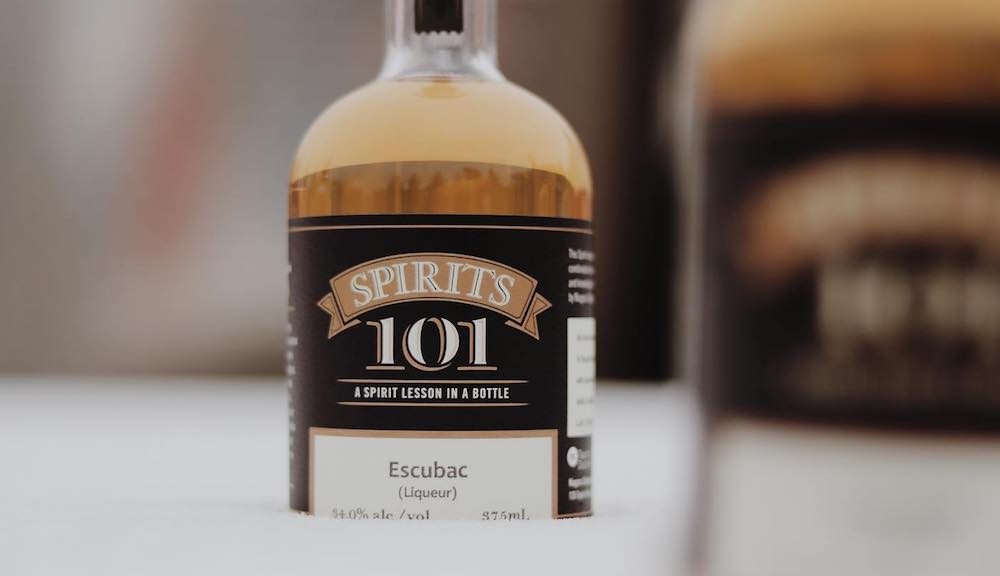
Spirits 101 Escubac (34%) — Don’t worry if the name of this spirit means nothing to you; I had to look it up and I get paid for this stuff! What we have here is a sort of amaro, but one naturally sweetened by its ingredients rather than bittered with herbs, and bearing a passing resemblance to gin … if gin had no juniper and was sweeter and a bit weaker. Pale yellow in colour, it has a robust potpourri of aromatics on the nose led by baking spices, mulled orange peel and a hint of anise. Certainly sweet on the palate, but less so than a typical liqueur, it offers a complex medley of flavours beginning with cinnamon and vanilla, segueing through herbal caramel and licorice and finishing with a satisfying warmth. Enjoy on its own, at room temperature or on ice, or in an Escubac-ish twist on a Manhattan, a bit heavy on the bitters and easy on the vermouth.
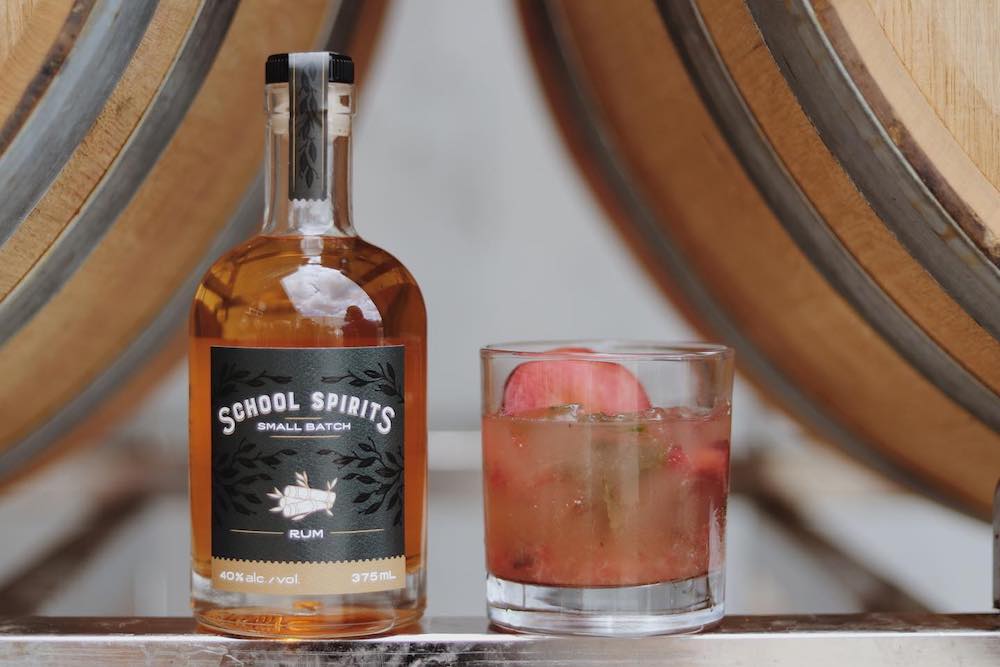
School Spirits Rum (40%) — Rum is distilled from either molasses – by far the most common – or sugar cane juice, but as precious little cane is grown in Canada, bets here are on molasses, likely from the big Maritime supplier, Crosby’s. Light yellow-ish gold in colour, it has a sweet, burnt sugar aroma touched with hints of vanilla, charred wood and faint herbal notes. The body sits slightly on the lighter side of the amber rum scale, with less sweetness than most Caribbean-produced rums, some oaky notes and a dry, spicy finish. Although I usually favour white rums for the cocktail, this might make an interesting Mojito, and most definitely a solid Cuba Libre – just don’t drown it in cola.
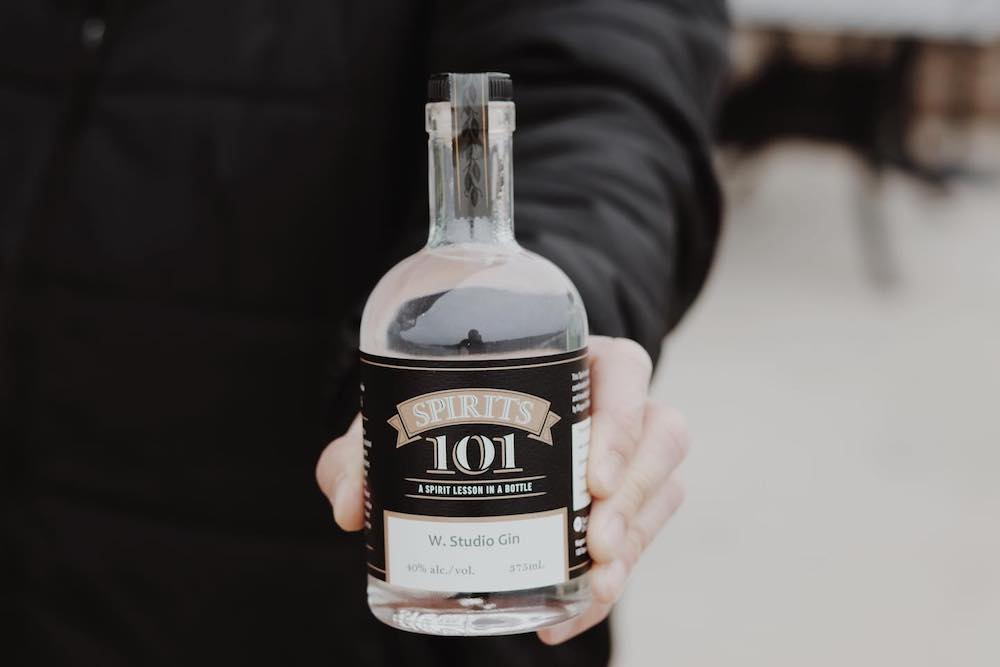
Spirits 101 W. Studio Gin (40%) — A gin crafted in the London dry style – think Beefeater and Tanqueray rather than Sapphire and Hendrick’s – this has the added twist of boasting citrusy Cascade hops among its botanicals. Water clear, the citrus component of the aroma is immediately evident, principally lemony notes but also hints of pink grapefruit, with peppery juniper and coriander serving as backdrop. On the palate, it is first lightly sweet with flavours of preserved lemon, then more peppery with citrus oil notes, but remaining sufficiently on the mellow side that it can be sipped neat and at room temperature. The finish has the spirit’s only sharpness, with a pleasant juniper flavour lingering. Use it for your next Martini and toast the grad who made it.
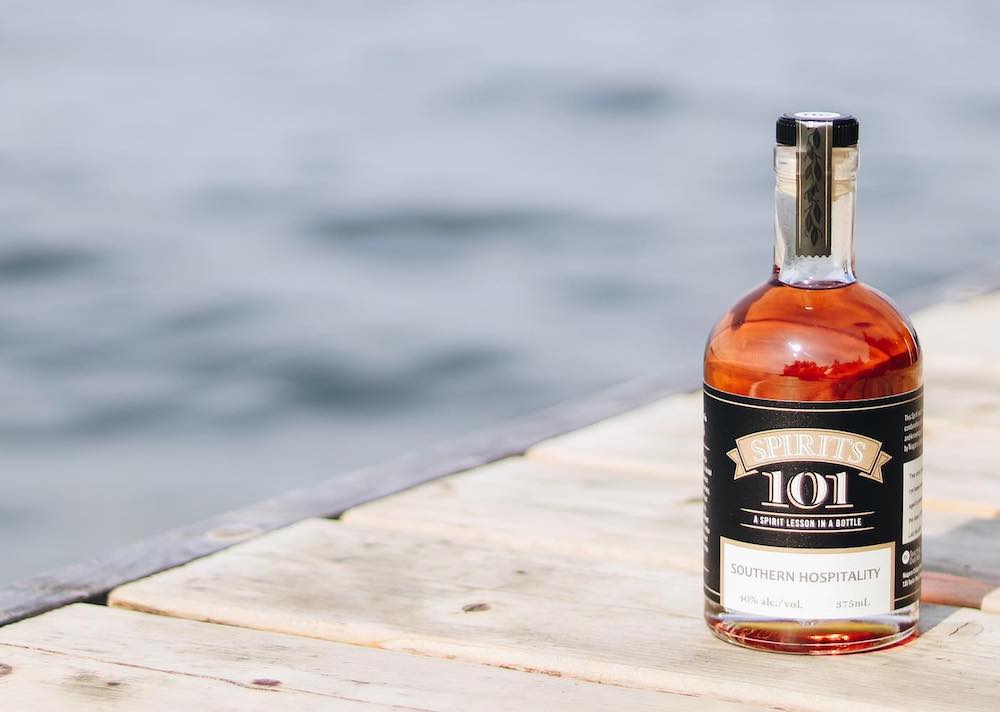
School Spirits Southern Hospitality (40%) — You can’t legally call a spirit distilled in Canada bourbon, but a grain bill of corn, malted barley, and rye, all aged in new oak, sure sounds like bourbon to me. And one sniff agrees, although presumably due to the time constraints of a school year, this pale gold whisky falls well short of the two years in the barrel required of our southern neighbour’s signature spirit. The aroma, as noted, is bourbon-y, but with raw wood and slightly sharp vanilla notes. On the palate, it again calls to mind a junior version of bourbon, playful and fruity in its youth, with softer vanilla notes than what appeared on the nose and a dry, woody finish. Definitely more for mixing than drinking straight.
About Stephen Beaumont
Stephen Beaumont is one of the world’s leading writers on beer and spirits, with 15 books to his credit, including Canadian Spirits: The Essential Cross-Country Guide to Distilleries, Their Spirits, and Where to Imbibe Them (with Christine Sismondo) and the upcoming, fully revised and updated third edition of The World Atlas of Beer (with Tim Webb).








Comment here